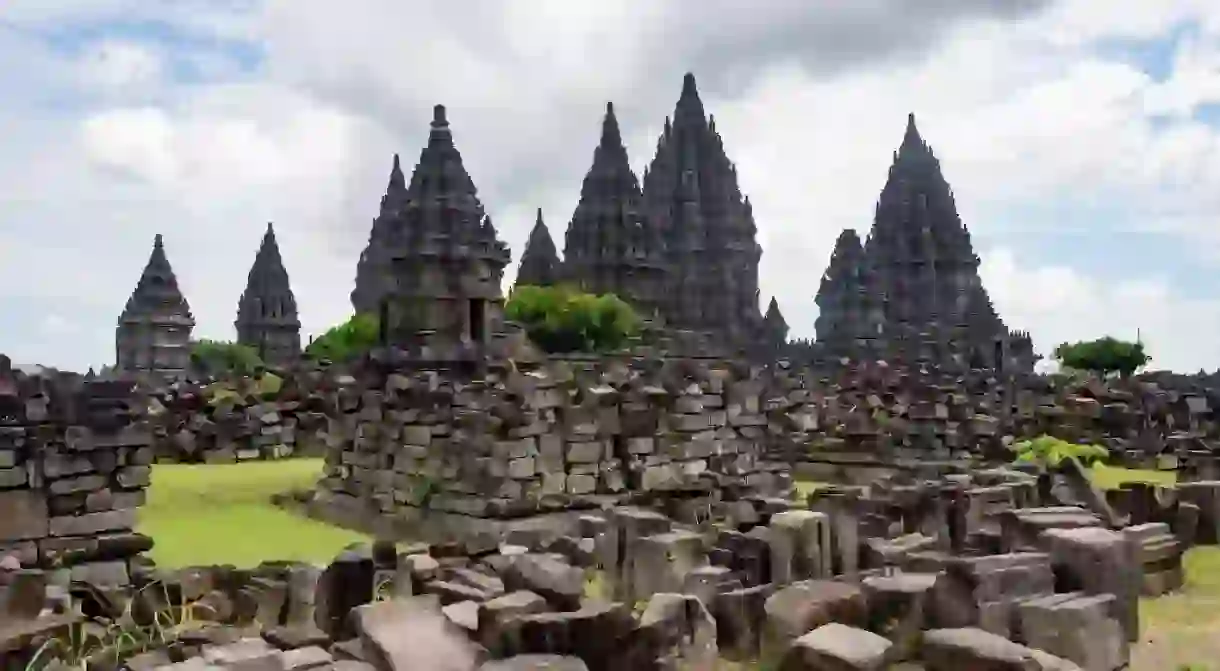The Most Beautiful Ruins to Visit in Indonesia

Tourists may not think of ruins as enticing attractions when visiting Indonesia. But the country’s rich and intricate history was best portrayed in the buildings old enough to be in ruins by now. For the culturally and historically curious, discover the most beautiful ruins to visit in Indonesia.
Borobudur
Ruins

Ratu Boko
Ruins

Dieng Temples
Ruins
Muara Takus
Buddhist Temple, Ruins
Prambanan
Prambanan is the biggest Hindu temple complex in Indonesia, and one of the mightiest in the world. After being built in the 8th-century, this temple was abandoned in the early 9th-century, most likely due to the massive eruption of the nearby Mount Merapi. The temple was then severely damaged by a great earthquake in the 16th-century. At that time, locals had always been aware of the temple’s existence, but they didn’t really understand its origin and history, so folklores were created to explain how the grand structure came to be. Locals believe that the temple was built by ancient spirits, while others said that a princess was cursed into a statue. Initiatives have been made to recover the temple since the early 1900s, but due to the intricate mysterious construction method, the process is not yet completed.

Gunung Padang Megalithic Site
Building, Ruins

Sumur Gumuling
Building, Mosque, Ruins














